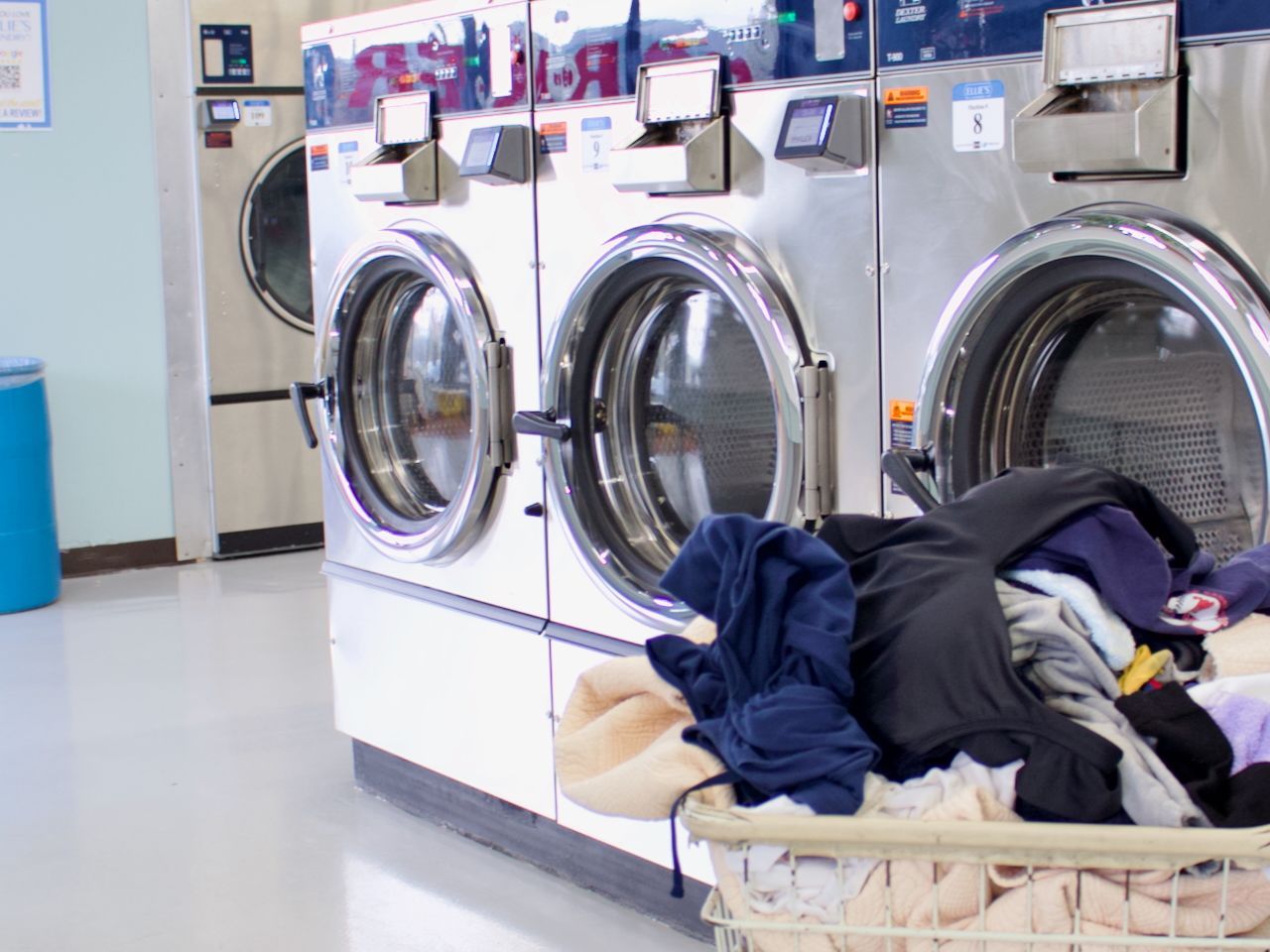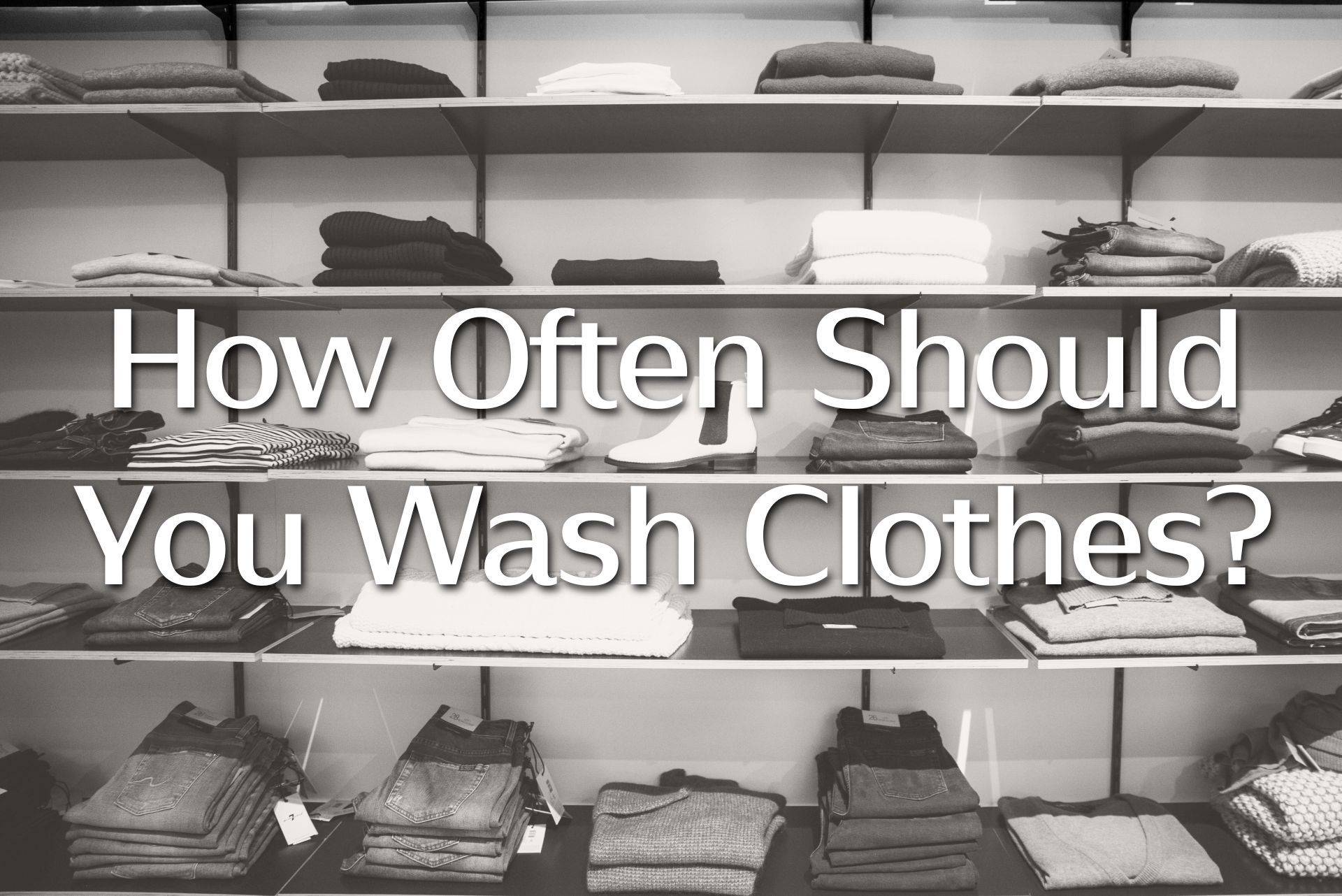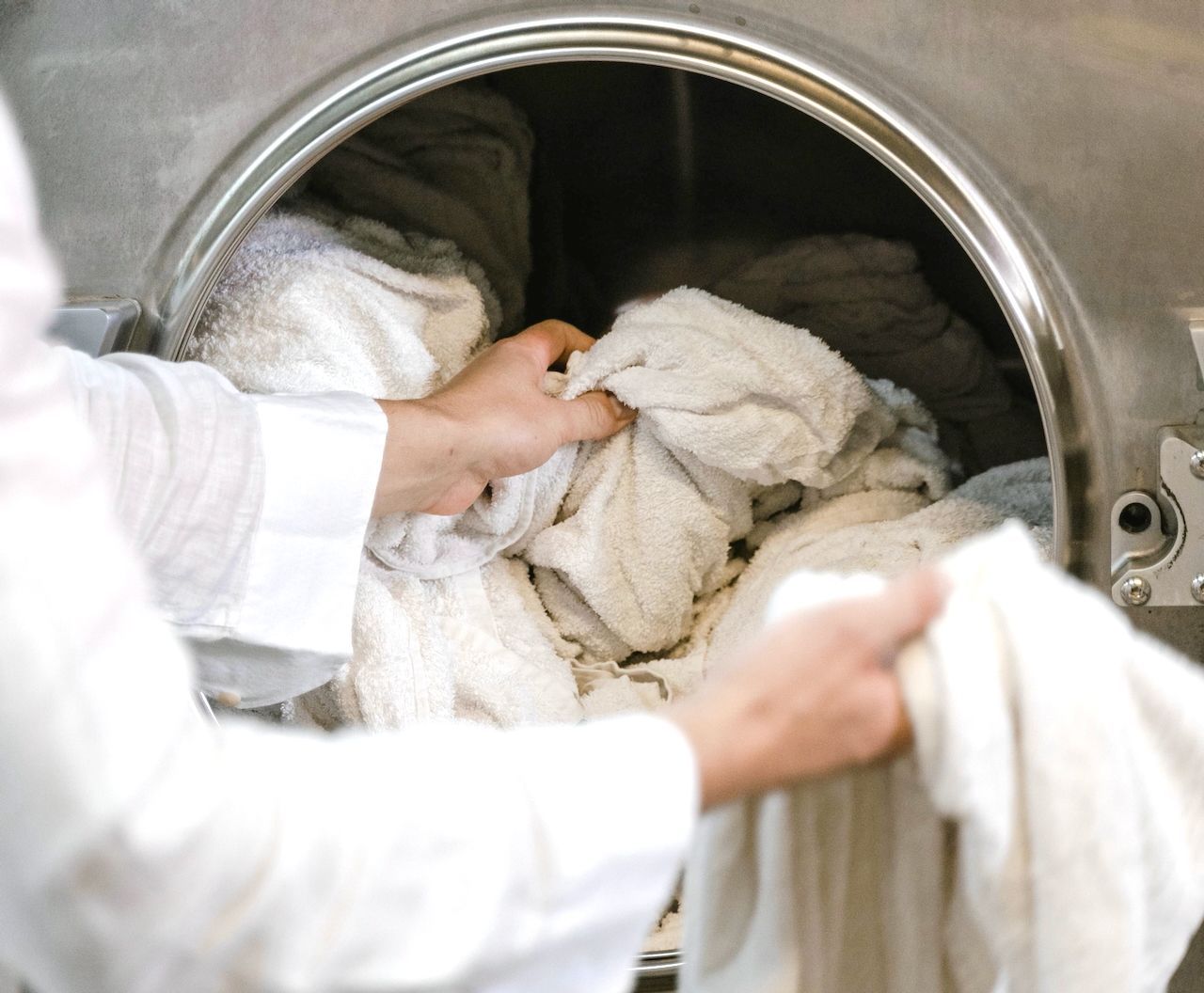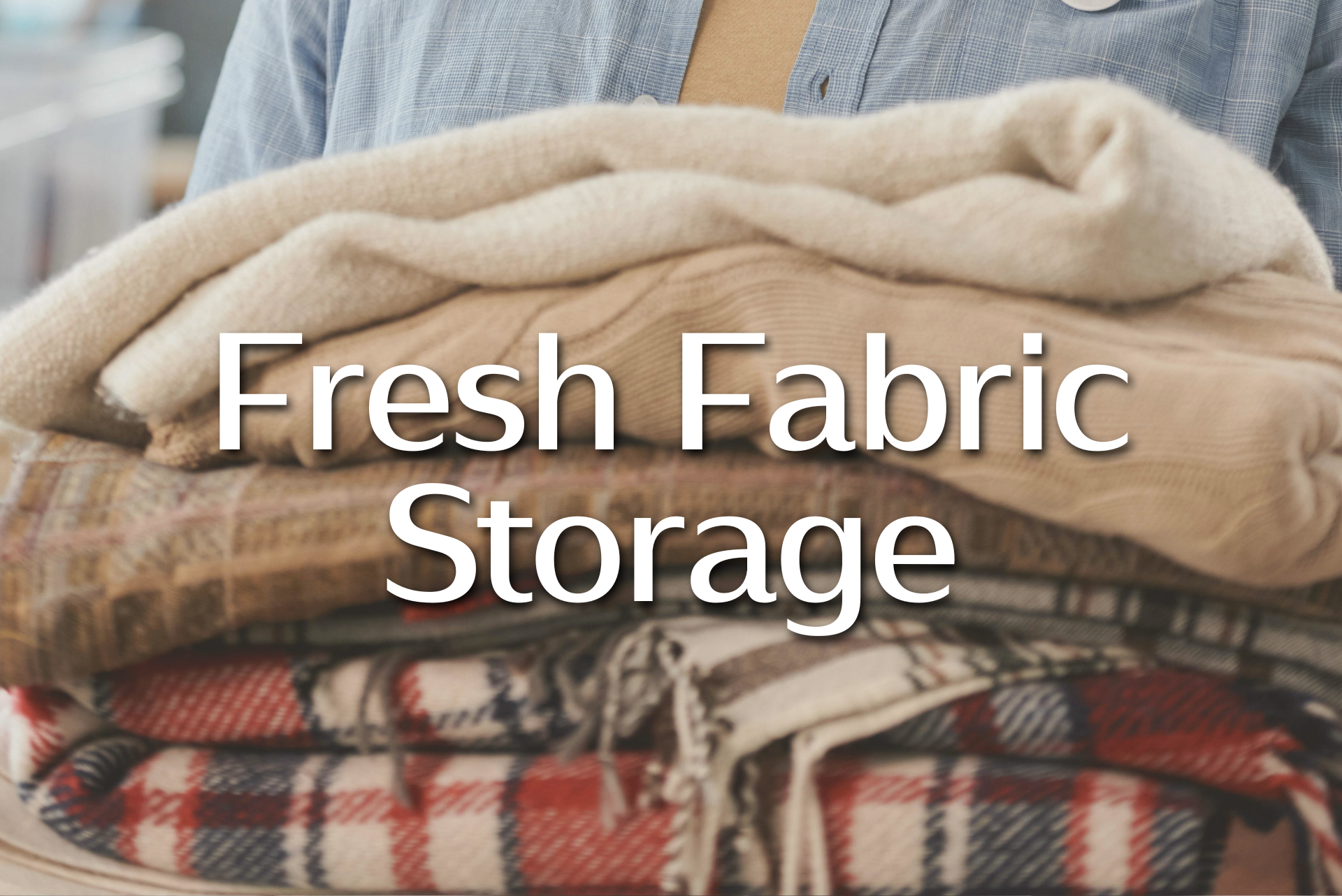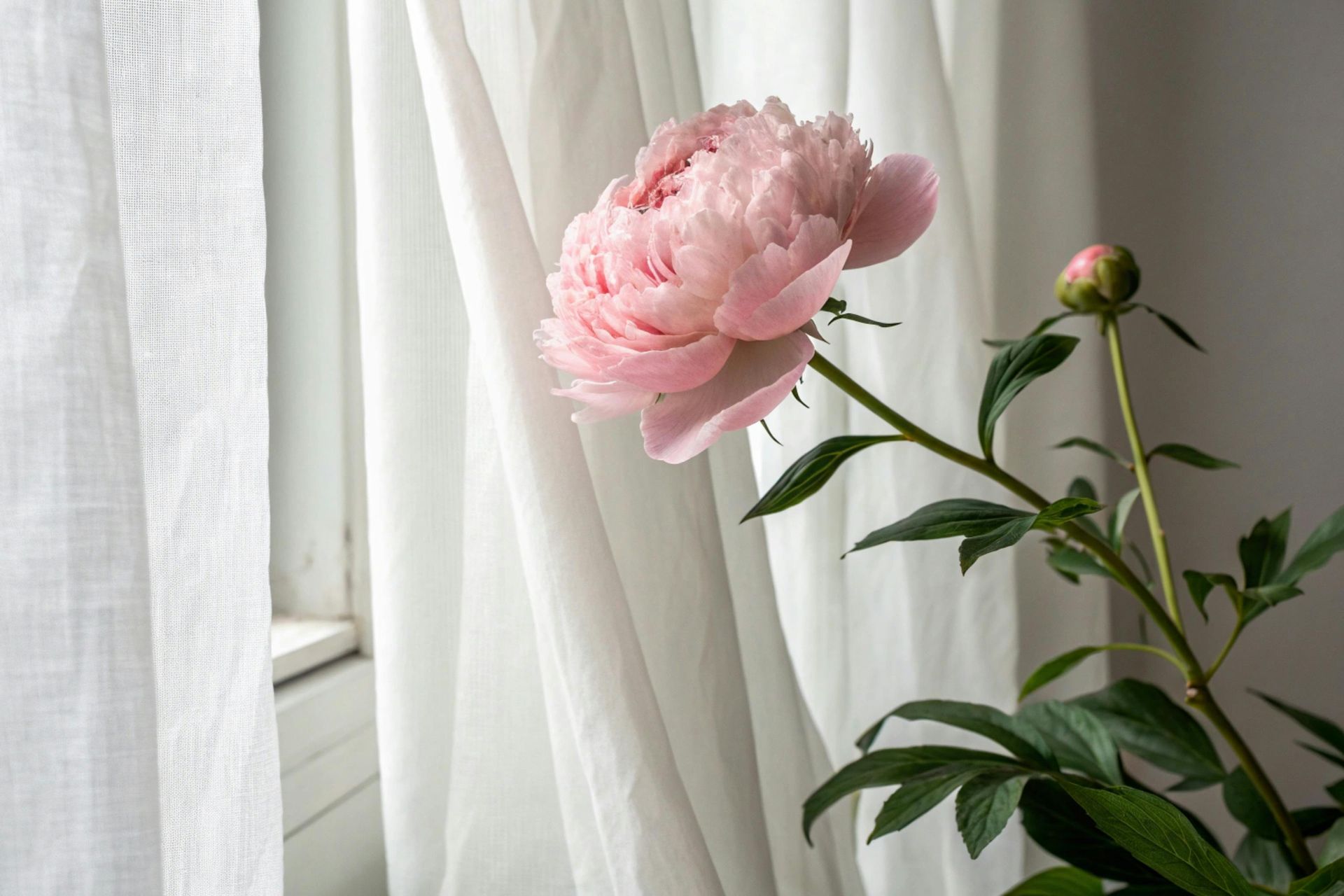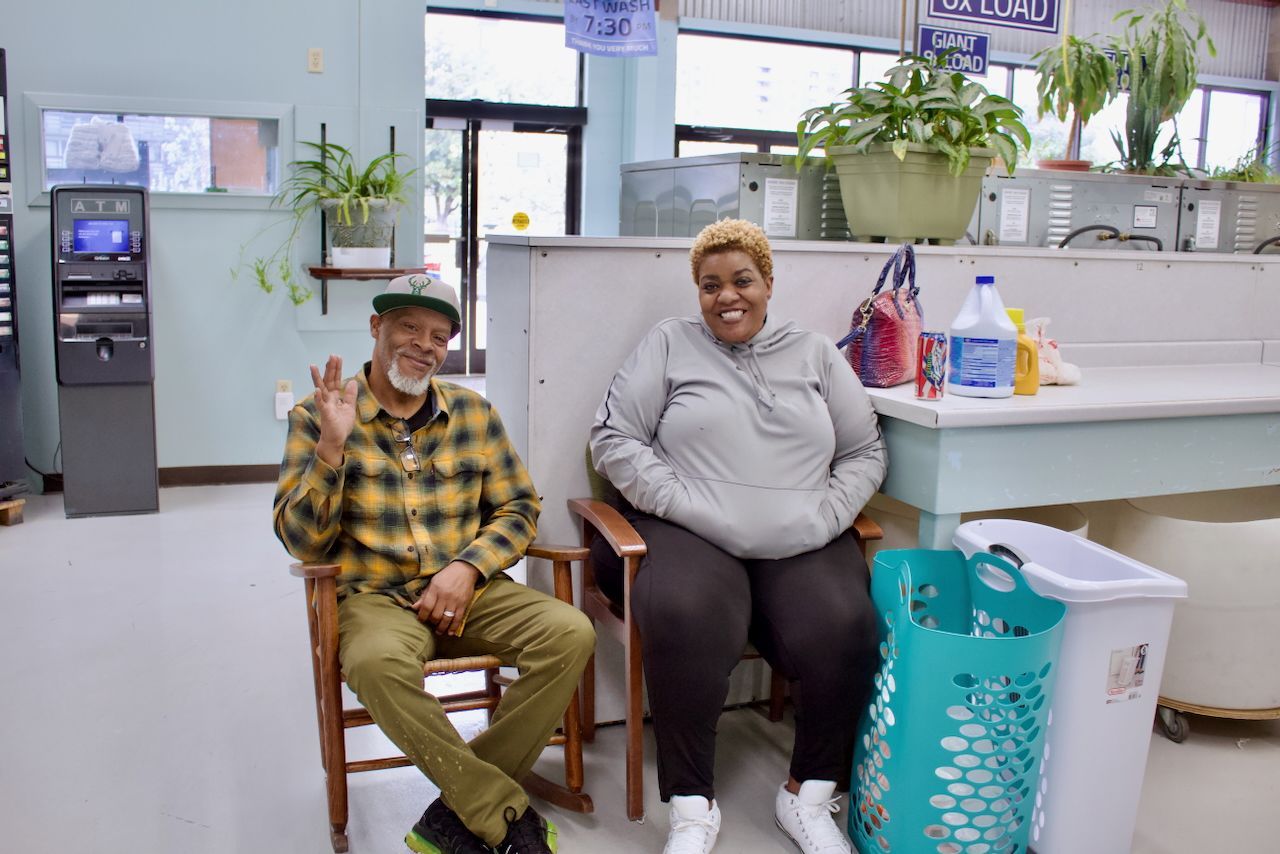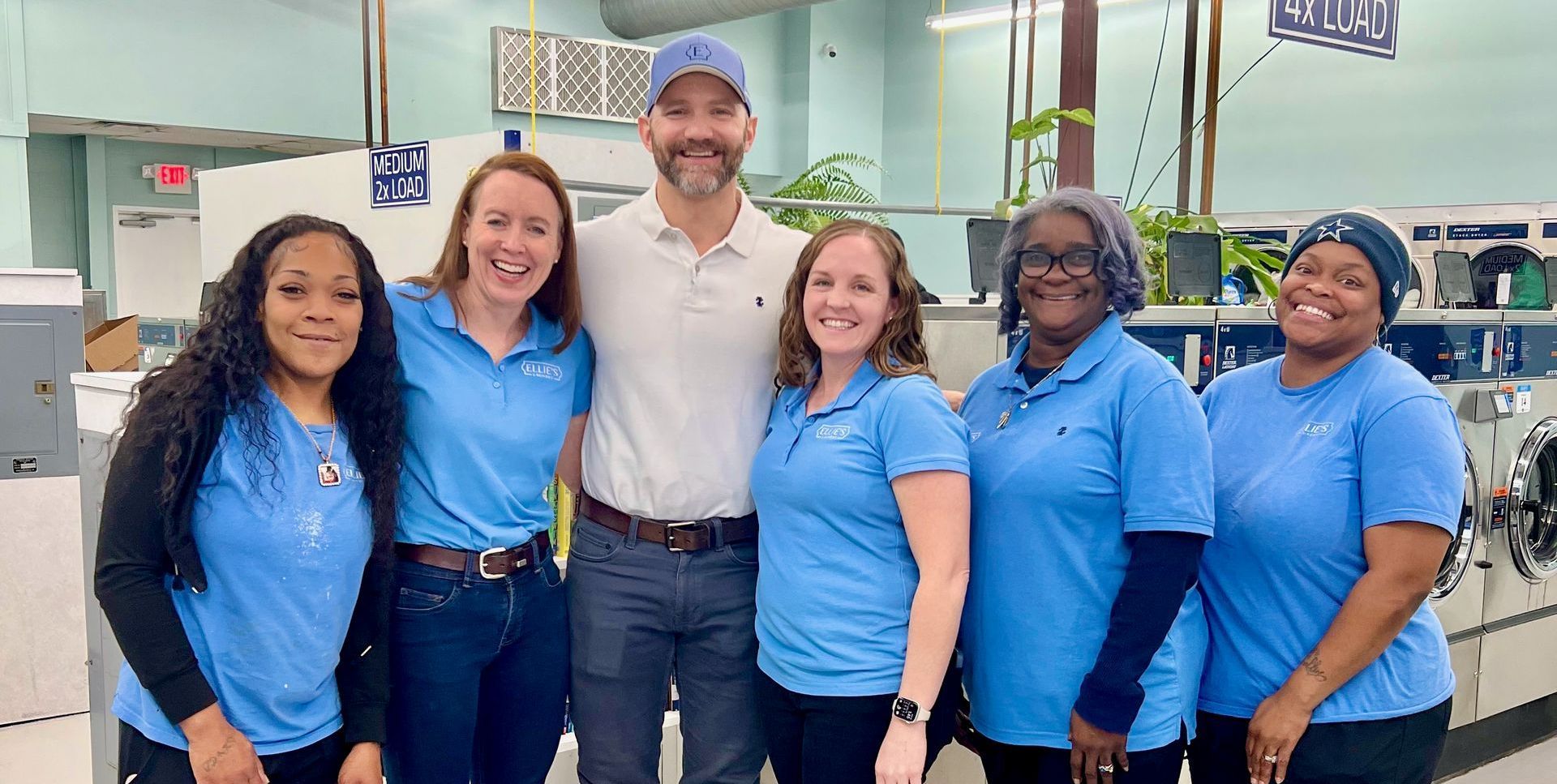Deep Clean Towels and Sheets

How to Strip Sheets & Towels
Bring Your Linens Back to Life
Over time, towels and sheets can build up layers of detergent, fabric softener, body oils, and minerals from hard water. This buildup can make them feel stiff, smell musty, or lose absorbency—even after regular washing. Stripping your linens is the solution to getting them clean and fresh again!
Here’s how to strip your towels and sheets at home or at the laundromat for the best results:
What Is Laundry Stripping?
Laundry stripping is an intensive soaking method that removes residue, buildup, and trapped dirt from fabrics. It’s ideal for items that no longer feel soft or smell fresh despite routine washing.
What You Need
- Detergent (preferably powder)
- Borax
- Washing Soda
- Hot Water
- Large-Capacity Washing Machine
- Bathtub or Large Basin (optional)
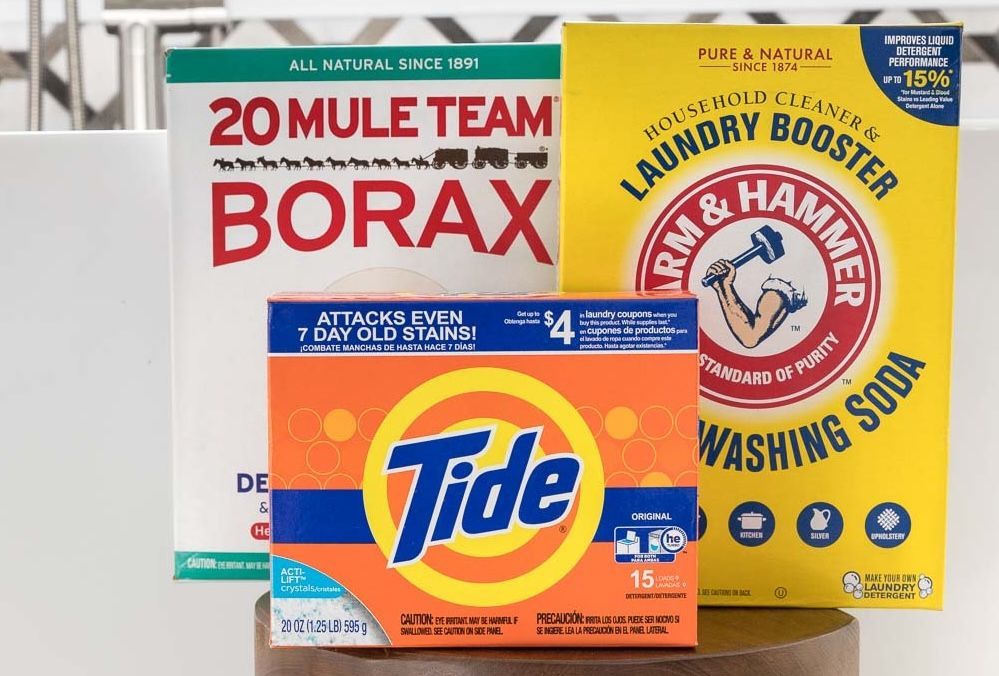
Step 1: Pre-Wash
Option 1: Pre-Soak Your Linens
If possible, pre-soak your linens in a large bathtub with hot water and the following mix:
- 1/4 cup Borax
- 1/4 cup Washing Soda
- 1/2 cup Powdered Detergent
Let towels & linens soak for 4-6 hours, stirring occasionally. You’ll see the water turn dark and cloudy as buildup releases from the fabric. Then wash and dry as normal in a large-capacity washing machine.
Option 2: Launder at the Laundromat
If pre-soaking isn’t an option, use the largest available machine at the laundromat. Add the same ingredients directly to the wash drum:
- Detergent: 1/2 cup
- Borax: 1/4 cup
- Washing Soda: 1/4 cup
- Hot Water Setting: Always choose the hottest wash setting to break down residues.

Step 2: Rinse Thoroughly
Run an extra rinse cycle in the washing machine to ensure all the stripping agents and loosened residues are completely removed. This prevents buildup from re-depositing on the fabric.
Step 3: Dry Completely
Dry linens on high heat to fluff up the fibers and kill any remaining bacteria. For towels, avoid dryer sheets, as they can cause more residue buildup.
Tips for Best Results
- Frequency: Strip linens every 3-6 months or when they start to feel stiff or lose absorbency.
- Avoid Fabric Softeners: These can coat fibers and counteract your efforts.
- Use White Vinegar: Add a cup to the rinse cycle for extra freshness and softness.
Why Choose a Laundromat for Stripping
Laundromats like Ellie's Laundry offer large-capacity machines that handle bulky loads and deep cleaning effortlessly. Plus, you can get everything done at once—saving you time and effort!
Bring your linens back to life with a good strip wash. Visit Ellie's Laundry to experience powerful commercial machines that make the process quick and easy. You'll love the fresh, fluffy results!
